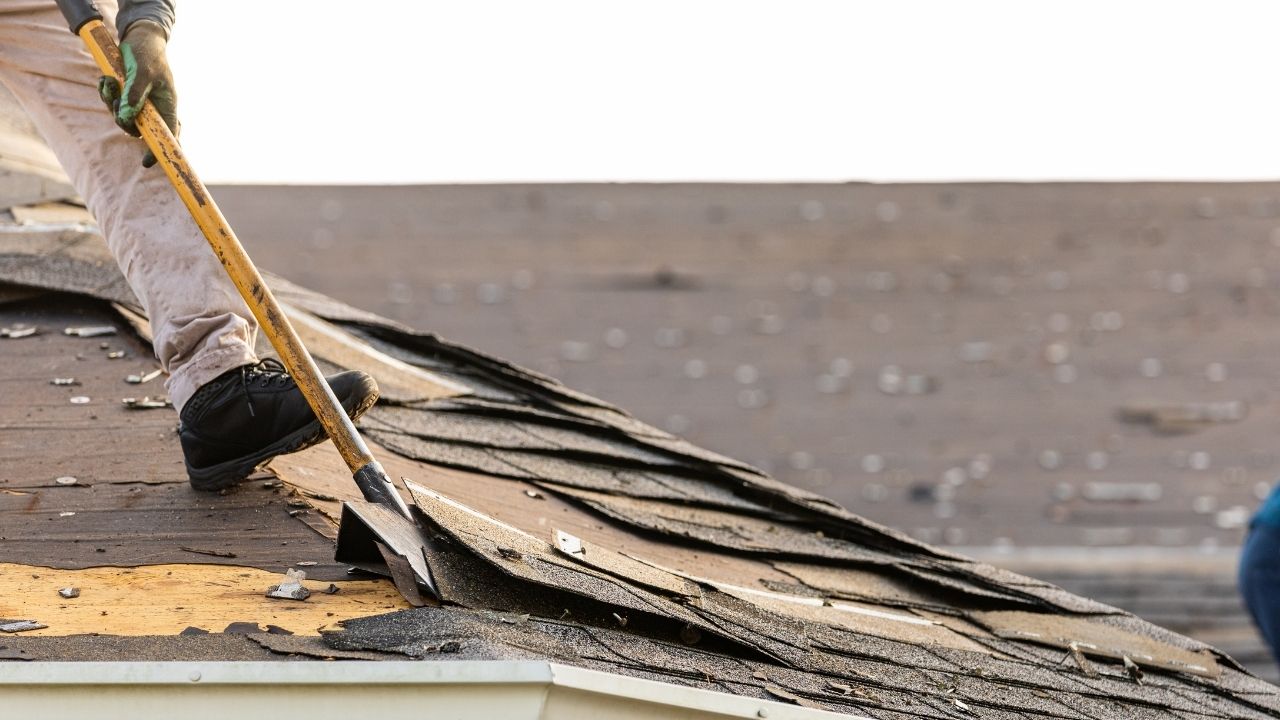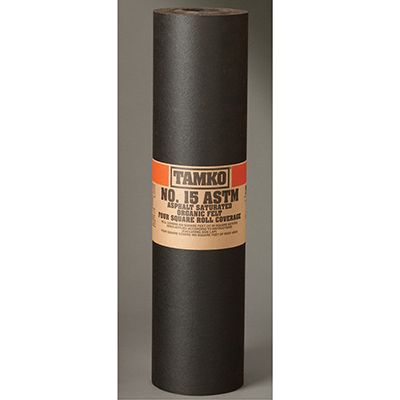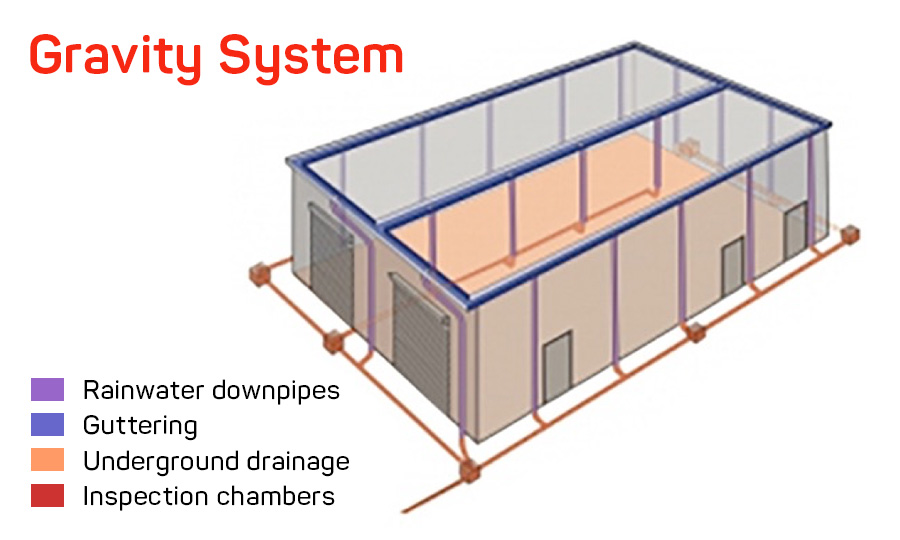
The eave is an area of a roof that extends outward from a home's side. The eaves used to be invisible, but they are now considered decorative. They keep snow and rainwater off the roofs and away from walls. They are useful in traditional New England cape homes and farmhouses.
The eave has many functions. It keeps rainwater off the walls, helps protect pathways around a building, and reduces splatter from rain. The eave is filled with a horizontal soffit, which is fixed at a right angle to the wall. The eave protects against the elements and reduces roof wind load. An eave needs to be designed according to local wind speeds. It can increase roof weight.

There are many other functions for the eave. It prevents water from entering the building, and it also prevents leaks from entering the building. It shades the windows, which helps to maintain comfortable indoor temperatures. A properly-placed eave will allow sunlight to enter during the winter and keep out the hot sun during the summer. It can also help define the architectural style of a home. A ranch-style house will likely have a narrower elevation, while an Italianate style home might have a larger eave.
The roof's eave is an important part of a house. It should be looked after. The eave will make or break your home's appearance, no matter if you're building or renovating. It can protect it from rain and other elements. It can add beauty and value to your home if it is installed correctly. It keeps water out.
The roof's most important component is the eave. It runs from the roof's rafters to the exterior walls of buildings. Fascia boards or rafters can support the roof tiles. While eave boards will protect the rafters from the elements, they can also be used to shield them from damage. It is crucial to locate your eave when building a new house. It can lead to disaster if the eave is not secured properly.

Another vital part of a home is its eave. Without an eave, your home could be susceptible to water leakage. An eave protects your home from the sun and the elements. An eave is a good choice if your climate is subtropical. It also shields the interior architectural features from heat and moisture.
The eave, an important element of a building, is vital. Without it, buildings can become vulnerable to water damage. An eave will also keep your walls safe from harsh weather. This type of eave also goes by the name soffit. The eave serves two purposes: it protects the house's exterior and allows you to place guttering. The eave can be made in a variety of styles.
FAQ
Which room should I renovate first?
The kitchen is the heart of any home. It is where you spend your most time cooking, entertaining, eating, and relaxing. It's where you will find the best ways to make your home more functional and beautiful.
It is also an important component of any home. You can relax in your bathroom and take care of daily tasks like bathing, brushing your teeth and shaving. This will make these rooms more functional and beautiful.
Can you live in a house during renovation?
Yes, I am able to live in a house and renovate it.
Can you live in a house and have renovations ongoing? The time taken to complete the work will impact the answer. If the renovation takes less time than two months, then no, you can still live in your home during construction. However, if the renovation project lasts longer than two months, then no, you cannot live in your home while the renovation is taking place.
There are many reasons why you should not live at home during major construction projects. You might be hurt or even die from falling objects on the site. Noise pollution and dust from heavy machinery on the job site could also be a problem.
This is especially true if your house has multiple stories. The vibrations and sounds that construction workers create can cause damage to your property and contents.
You'll also need to cope with the inconvenience of living in temporary housing while your house is being renovated. You won't have all the amenities of your home.
As an example, your washer and dryer will be out of commission while they are being repaired. You will also have to put up with the smell of paint fumes and other chemicals as well as the loud banging sounds made by the workers.
All these factors can result in stress and anxiety within your family. So it is important that you plan ahead so you don't feel overwhelmed by all the circumstances.
Research is key when you are considering renovating your home. It will save you money and help you avoid costly mistakes.
You can also consider professional advice from a trusted contractor to ensure smooth running of your project.
Do you prefer to do walls or floors first?
It's important to know what you want to accomplish before you start any project. It is crucial to plan how you'll use the space, what people will use it for, and why. This will help decide if you want flooring or wallcoverings.
Flooring may be an option if you are planning to make an open kitchen/living room. Wall coverings are an option if you prefer to keep this space private.
How long does it usually take to renovate your home?
It all depends on the project's size and how many hours you spend each week. An average homeowner will spend three to six hours a week on the project.
Statistics
- It is advisable, however, to have a contingency of 10–20 per cent to allow for the unexpected expenses that can arise when renovating older homes. (realhomes.com)
- They'll usually lend up to 90% of your home's "as-completed" value, but no more than $424,100 in most locales or $636,150 in high-cost areas. (kiplinger.com)
- Most lenders will lend you up to 75% or 80% of the appraised value of your home, but some will go higher. (kiplinger.com)
- On jumbo loans of more than $636,150, you'll be able to borrow up to 80% of the home's completed value. (kiplinger.com)
- ‘The potential added value of a loft conversion, which could create an extra bedroom and ensuite, could be as much as 20 per cent and 15 per cent for a garage conversion.' (realhomes.com)
External Links
How To
Where can I find information about home improvements?
It's a great way to save money and improve your home. You can make your home attractive without spending a lot. Painting, landscaping and adding a hot spa are some of the options. These are just a few of the many options available to you online.
You can find a lot of information on the internet about home improvements. Many websites provide detailed instructions on how to complete various tasks. These websites often include pictures of completed projects to help you visualize what your home would look like after each task is finished.
You may also find articles written by professionals about topics related to home improvement. You may find an article in a magazine about the best kind of paint to paint your walls. This article might give you ideas on how to choose colors and paint types that match your existing decor.
You can also find websites that provide advice and recommendations on home improvements. Websites such as Houzz.com, Pinterest.com, and Yelp.com are great places to learn about home improvement projects. Each website provides helpful information about products and services that may interest you.
Some websites are just for home improvement. Lowe's.com may be a good example. Here you can browse their catalog of materials and tools for home improvement projects. You may also find useful information on how to choose and install window treatments.
Home improvements are often fun, entertaining, and rewarding. It is possible to make your house more attractive by learning about them.